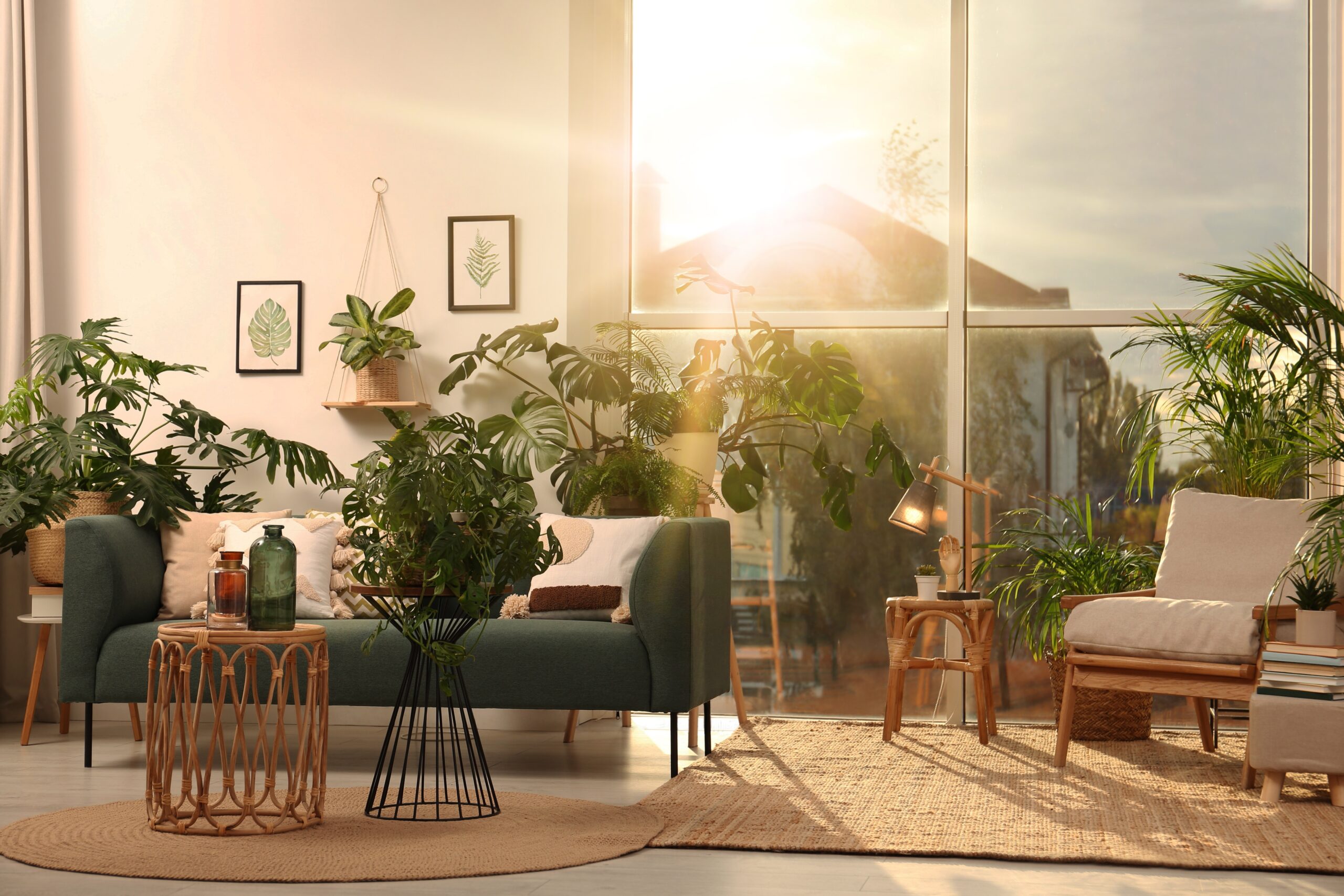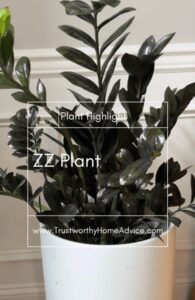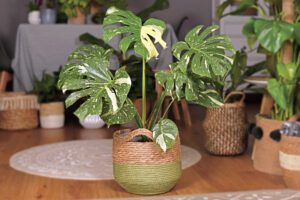Summary:
Most plant care websites use a lot of industry jargon to be succinct, but it ends up leaving many new plant parents confused about what their new plants actually need. This article should help explain some commonly used terms, specifically what bright indirect light really means, in the plant care hobby to make sure you know what you’re getting yourself into.
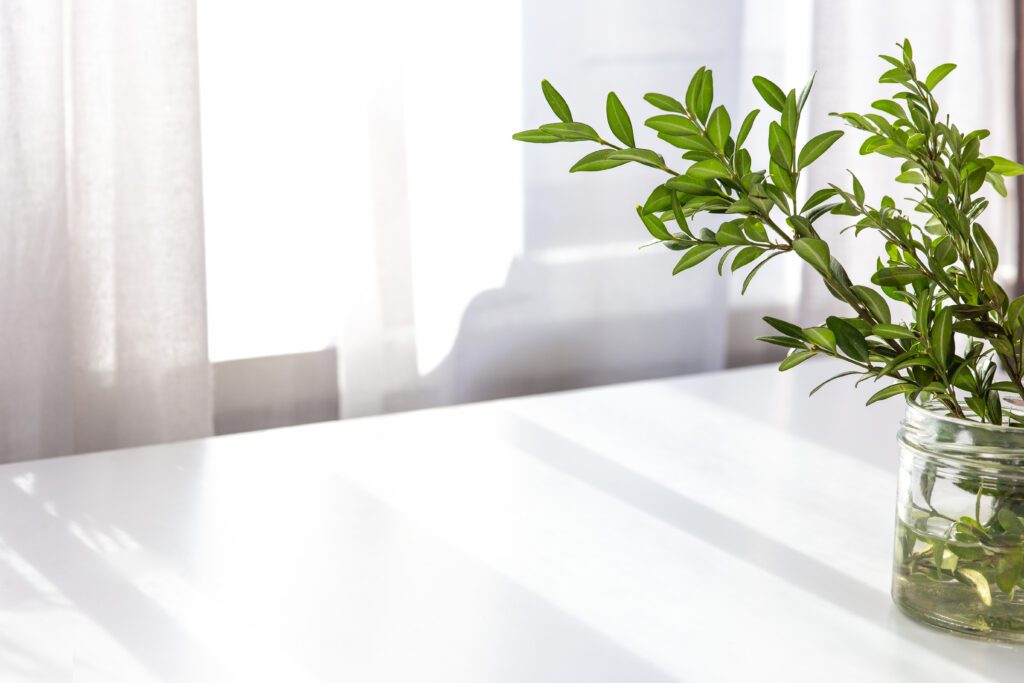
When you look up that pretty new plant you just picked up at the store you’re going to bombarded with a lot of different words like soil pH, bloom time, hardiness zone, and perennials.
I don’t know about you, but that sounds like a whole lot of reading I don’t want to do.
Luckily for us non commercial plant growers, a lot of it isn’t something we have to worry about, but for the health of our plants we do need to understand the basics of the plant care jargon, so let’s break it down simply.
Plant Types:
As you can imagine there are A LOT of different types of plants out there, but for our purposes we’ll stick to defining the ones you typically see as house plants.
- Perennials by the simplest definition are plants that live longer than 3 years. They tend to die back in the colder months with only the roots surviving and grow exponentially in the warmer months. There is a huge variety in perennials from most trees and shrubs ( called woody or non-herbaceous perennials) to the showy flowers in many gardens and even some vegetables like artichokes and rhubarb. Generally, when we are speaking of houseplants though, we are referring to herbaceous perennials, or plants with non woody green stems.
- A bulb plant is, as you can imagine, a plant that is grown from a large ball like root bulb. Many bulb plants are perennials as well. Examples include vegetables like onion and garlic as well as many popular spring flowers like alliums, daffodils, and tulips.
- Cacti and succulents are plants that typically can be found in dry arid areas, and as such have adapted with some unique properties. They are masters of storing water in everything they have, from their roots to their leaves. Some even produce edible fruit!
Light Requirements or Sun Exposure:
This may sound confusing, but it falls into three actually pretty simple categories. There are actual units of measurements for light levels (it’s measured in foot candles… don’t ask, the explanation as to why is kind of strange if you ask me) but generally you can just tell what kind of light your house has by knowing how to use a simple compass and some common sense.
- Bright light means just that, bright full sun with minimal shade from nearby trees or buildings. South facing windows are best for full bright light as they receive the most light throughout the day of any other direction. This full bright light can be found in your house by south and west facing windows.
- Indirect light simply means that your plant needs light that doesn’t come straight from the sun to the plant, the light needs to bounce off another surface before it hits the leaves of your plant so that it doesn’t burn it. Easy enough, right? Just don’t put these plants directly in front of the window and they should be fine! For bright indirect light you can still place these guys near a south or west facing window, just make sure they aren’t getting the full blast of the sun all day to avoid scorching them. You can also get this by putting your plants in a north or east facing window with nothing blocking the light as the natural movement of the sun will provide the filtering your plant needs.
- Low light plants can tolerate, you guessed it, not a lot of light. That being said, no plant requires no light at all, and at best most plants are low light tolerant, meaning while they’ll be okay in low light, they probably won’t thrive and grow in this type of light. They can go practically anywhere you can imagine, just make sure you’re not putting them anywhere too sunny.
Essentially, bright indirect light means your plant should be near a south facing window, but not directly in the path of the sun, or closer to a west or east facing window. Simple as that!
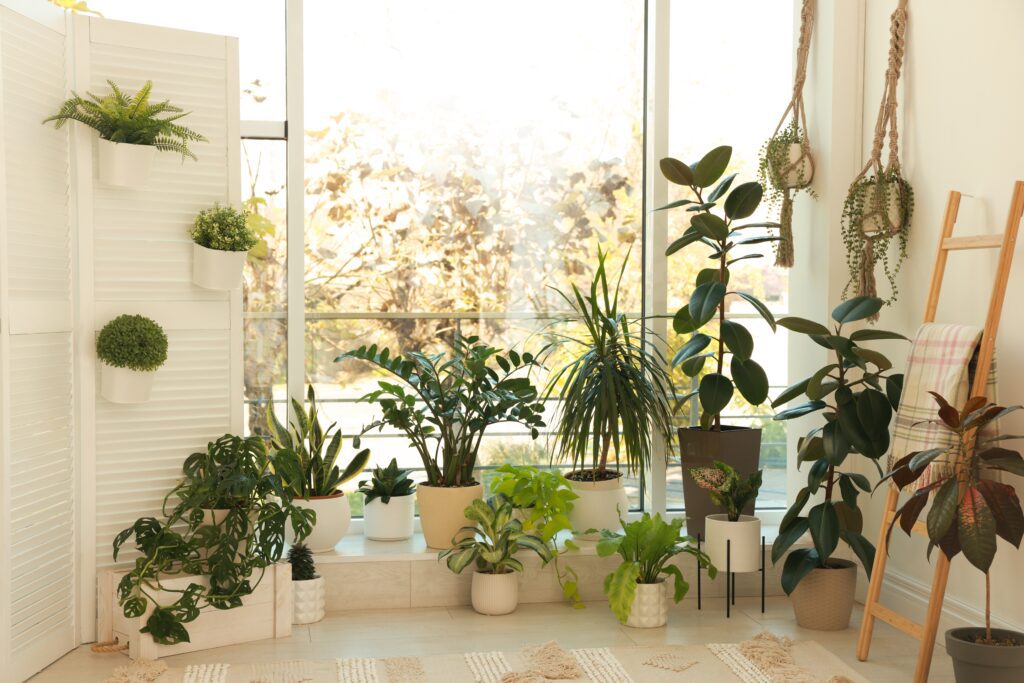
All the Rest
Getting into things like soil type and hardiness zones is probably not something that most average house plant enthusiasts need to get into as there are a ton of ready made potting mixes for every plant variety imaginable, but when in doubt, go ask your local garden store staff members! You’re all probably tired of me saying that but I just can’t sing the praises of this plant loving community enough and how chatty we all are about our leafy friends. To truly go into soil science deserves it’s own article in the future as well so keep your eyes peeled for that soon. Hopefully this guide made some sense and helped you gain some insight into what it takes to help your plants thrive, and made you feel like more of a pro! As always leave any tips, tricks, questions, or comments in the comments below. Happy Planting!
Related Posts

